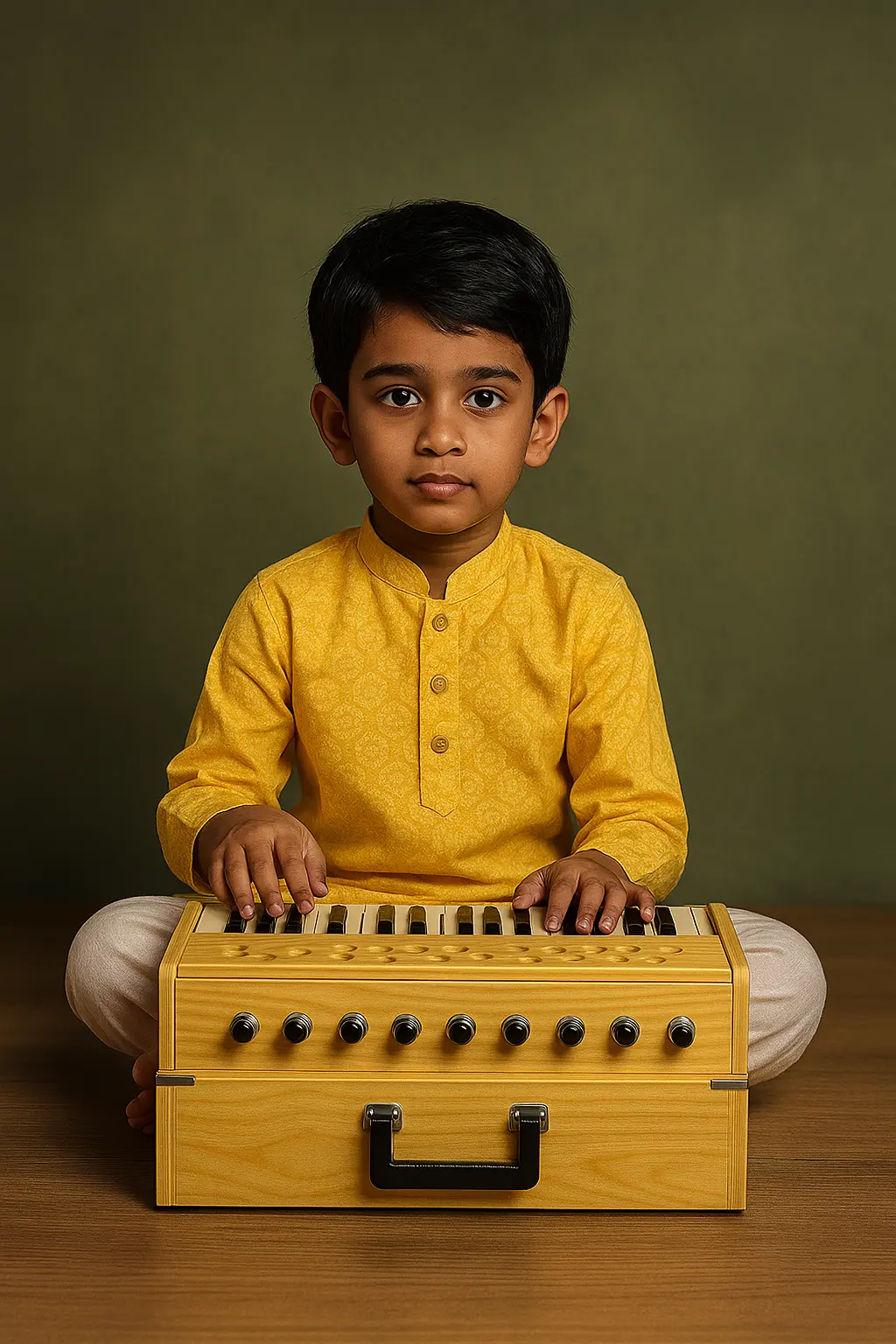Music is one of the few things in life that transcends borders, cultures, and languages. It is a force that can make strangers feel like friends, turn silence into beauty, and transform simple notes into emotions that linger long after the sound fades. But for anyone who wants to master music — whether in singing, playing an instrument, or composing — there’s an important truth to understand: mastery does not come from theory alone, nor from practice alone. It grows when both walk hand-in-hand, and when the musician allows themselves to be shaped by more than just one style.
The Balance Between Practice and Theory
Many aspiring musicians make one of two mistakes: they either drown themselves in theory without touching their instrument enough, or they play endlessly without understanding the structure and logic that theory provides. Both approaches are incomplete.
The truth is, theory is best learned alongside practice. Trying to absorb all the theoretical concepts at once — scales, modes, chord structures, rhythmic cycles, harmony — can be overwhelming and even discouraging. But when theory is learned gradually, in parallel with actual playing or singing, it becomes alive. It is no longer abstract knowledge; it becomes something you can hear, feel, and apply.
For example, learning about a raga in Indian classical music is one thing, but singing it while keeping its rules in mind is a completely different experience. Understanding the theory of syncopation in Western music is one thing, but playing it on the drums while feeling the groove is another. Theory in isolation is like reading about swimming — you might know the strokes in detail, but you still won’t float until you get into the water.
Specialize, But Stay Open
It is natural and even wise for musicians to develop mastery in one main style. This could be Indian classical music, light music, jazz, blues, rock, Western classical, or any other genre. Specialization allows depth — the chance to fully understand the intricacies, emotional range, and unique expression of that style.
However, locking yourself inside the walls of only one style can make your artistry rigid. The world’s most innovative musicians are those who specialize in one area but remain curious about others. You might be a sitarist dedicated to Indian ragas, but experimenting with flamenco guitar phrasing could add surprising colors to your playing. You might be a Western pop singer, but exploring Hindustani alap can add richness to your vocal expressions.
When you borrow small elements from other traditions and mix them with your own, you create something fresh. It is like adding new spices to a familiar recipe — the foundation remains, but the flavor becomes unique.
The Birth of Styles and Gharanas
Every great musical style we know today — every “gharana” in Indian classical music, every genre in the world — was not born in isolation. It was shaped through the blending of influences. A teacher heard something different, tried it, adapted it, and passed it down. Over time, that became a tradition.
In Indian classical music, gharanas developed because musicians combined the techniques of their predecessors with their own innovations. In Western music, blues evolved into rock, jazz branched into fusion, and electronic music absorbed sounds from across the globe. A new style is rarely built from nothing — it is formed from the careful weaving of many threads: a little from here, a little from there, and a touch of personal creativity.
Even in rhythm, this is true. The complex patterns of the tabla can inspire drummers in rock and jazz, and Western drum grooves can find their way into Bollywood tracks. Creativity is born when boundaries dissolve.
Music as a Universal Language
One of the most liberating truths about music is that it belongs to no single community, nation, or culture. It is like water — it can take the shape of any vessel, flow into any path, and take on any color you pour into it.
No one owns music. We are all just temporary custodians of this gift, passing it forward in our own way. Indian ragas can be played on a saxophone; Western symphonies can be performed on a sitar. African rhythms can find a home in South American songs. Music grows when we allow it to travel.
This universality is why collaboration between cultures often results in breathtaking creations. Think of a jazz pianist collaborating with a tabla player, or a Carnatic vocalist singing with a flamenco guitarist. These moments prove that while styles differ, the emotional essence of music — joy, sorrow, longing, celebration — is shared by all humans.
The Role of the Composer
For composers, understanding multiple styles is not just a creative luxury — it’s a necessity for variety. A composer who knows both Indian and Western theory, who understands rhythmic cycles from different traditions, and who has listened to music from many cultures, will have a much richer palette to paint from.
Film music is a perfect example. Many legendary film composers draw from both Indian and Western traditions, blending orchestral arrangements with folk melodies, or mixing jazz harmonies with Indian percussion. This variety keeps the listener engaged and ensures the music feels fresh.
Practical Steps for the Aspiring Musician
If you are a student or practitioner of music, here are some guiding principles:
- Learn theory in context. Don’t try to memorize all the rules at once. Apply each concept immediately in practice.
- Practice daily. Even short, consistent sessions are better than long but irregular bursts.
- Master one style deeply. Whether classical, light, or Western, become fluent in one tradition first.
- Explore outside your comfort zone. Try songs, rhythms, and techniques from other cultures.
- Listen widely. Your ears are as important as your fingers or voice. Listen to masters from all over the world.
- Collaborate. Playing with musicians from different backgrounds will expand your thinking.
- Be patient. Musical mastery is a lifelong journey, not a quick destination.
Conclusion: Let the River Flow
Music’s power lies in its ability to evolve, adapt, and unite. The moment we try to trap it in a single style or community, it loses some of its vitality. The best musicians respect tradition but are not afraid to let fresh winds blow through it.
So, as you continue your musical journey, remember: learn steadily, practice faithfully, specialize deeply, and explore fearlessly. Let music be like water in your hands — fluid, adaptable, and life-giving. Because in the end, the true beauty of music is not just in mastering it, but in allowing it to grow through you and beyond you.
https://www.deckm.in/blog/blog-1/share-only-experienced-knowledge-9


